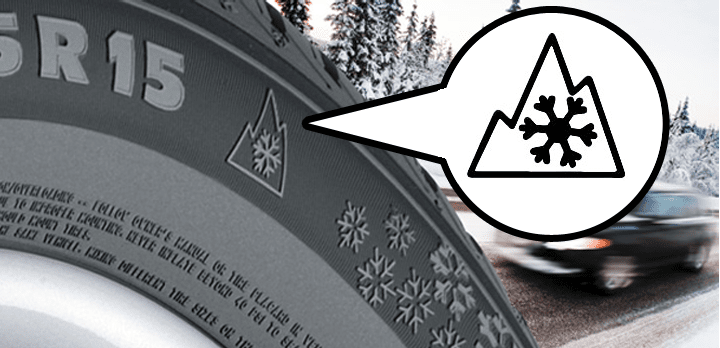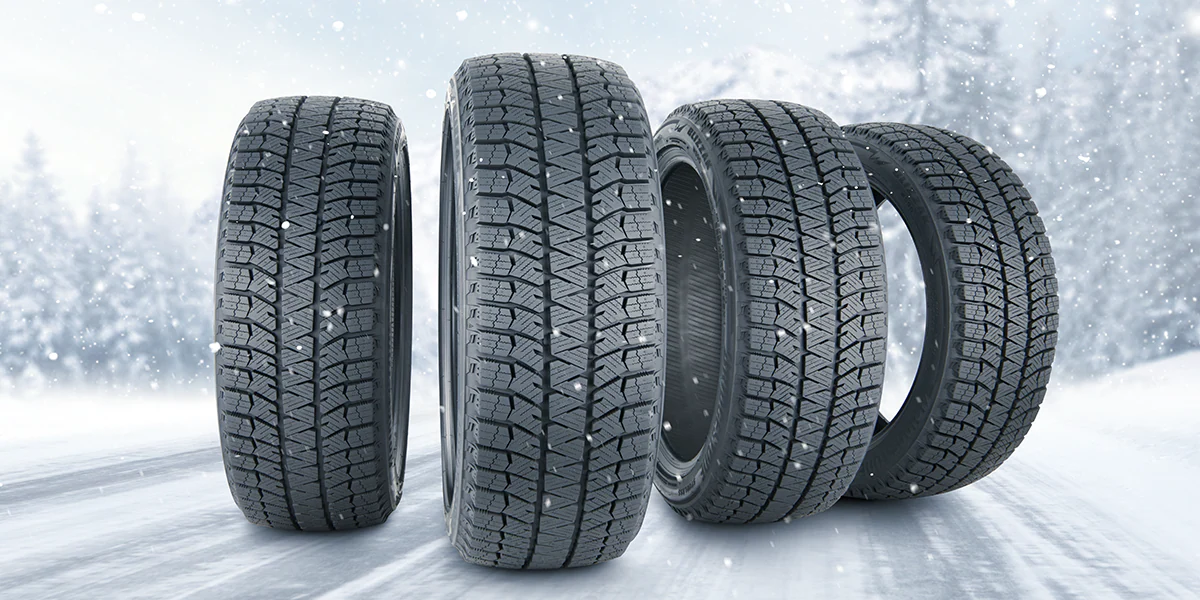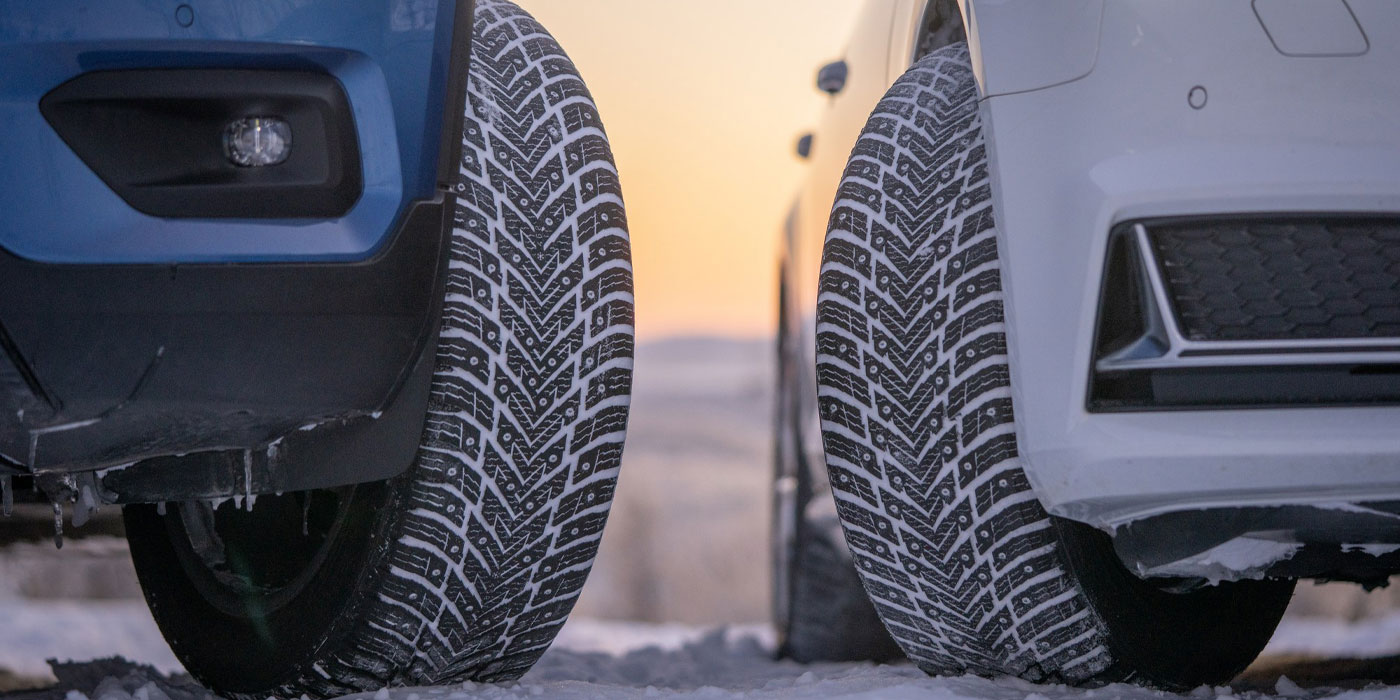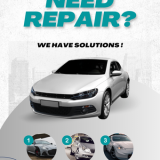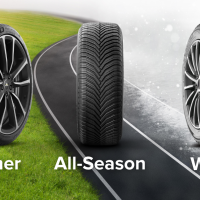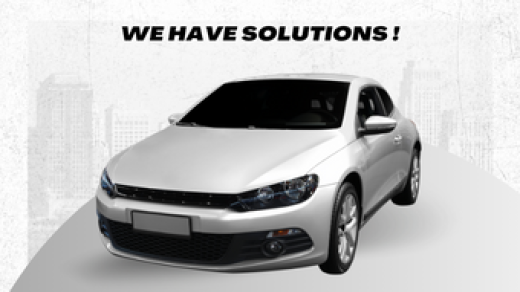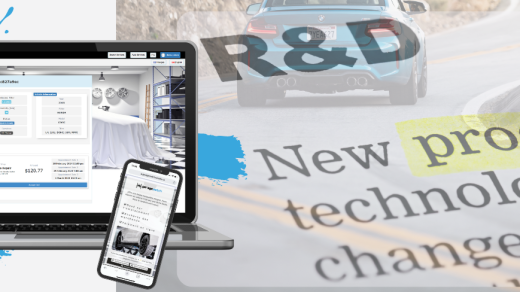Bridgestone Blizzak WS60 Studless Ice & Snow – Tire Testing
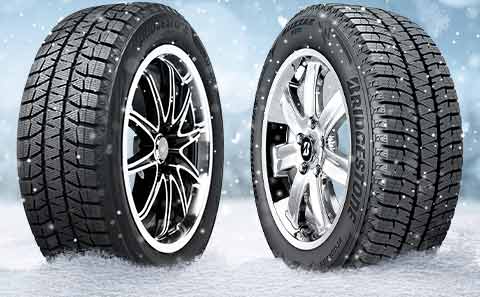
Bridgestone Blizzak WS60 Studless Ice & Snow – Tire Testing & Results !
Tires the were tested:
- Bridgestone Turanza EL400-02 Standard Touring All-Season P215/60R16
- Bridgestone Blizzak WS60 Studless Ice & Snow 215/60R16
Since we have experienced that the performance of different tire models typically varies in the amount of responsiveness and traction they deliver, we understand why almost every passenger car and light truck is designed to be equipped with the same tire model in all wheel positions. For that matter, the most typical tire combinations occur when different sizes of the same tire model are selected by the vehicle development engineers to accommodate a car’s front-to-rear weight differences or other handling requirements. We also appreciate that continuing to use the same tire model in all wheel positions when tires are replaced will help maintain the vehicle’s engineered handling balance.
And while maintaining the vehicle’s handling balance is always desirable, the most critical time is when driving on the reduced traction offered by snow-covered roads and icy intersections. Loss of traction in these conditions can easily lead to loss of vehicle control.
In order to experience these conditions at higher speeds in the safety of a controlled environment, several members of the Tire Rack team were invited to attend the Bridgestone Winter Driving School in Steamboat Springs, Colorado.
We drove 2007 Toyota Camry sedans with the 268HP of their front-mounted engines transmitted through automatic transmissions and front-wheel drives. While not equipped with traction control, the Camry sedans feature Anti-lock Brake Systems (ABS), as well as a variable-assist power rack-and-pinion steering.
We drove on a fresh set of the Camry’s Original Equipment (O.E.) P215/60R16 94V-sized Bridgestone Turanza V EL400-02 Grand Touring All-Season tires and compared them to a new set of Bridgestone Blizzak WS-60 Studless winter tires in the 215/60R16 95R size, as well as we had the opportunity to experience a combination of tire models that equipped the Camry with fresh Blizzak winter tires on the front drive axle and Turanza all-season tires on the rear non-driven axle.
In light snow on top of a foundation of ice, the Turanza Grand Touring All-Season tires provided predictable handling, but only delivered tolerable snow and ice traction. Since all four tires and the Camry’s Anti-lock Brake System (ABS) contributed to braking, straight-line stopping was the strongest feature of the Turanza All-Season tires in the snow and ice. Unfortunately, the Turanza had a harder time converting the Camry’s 268HP to acceleration (without traction control, the entire responsibility of modulating the power was placed on the driver and self-control was required to avoid spinning the front drive tire). The other area where the compromise of an all-season tire was apparent was when cornering. Again the limited snow and ice traction required patience and demanded light application of the throttle to avoid wheelspin and understeer coming out of the slower corners that represented typical street configurations.
In the same road conditions, the Blizzak Studless winter tires provided predictable handling with a noticeable increase in traction. Braking forces increased and stopping distances were reduced without activating the ABS as often. While the absence of traction control or a limited slip differential still required judicious control of the gas pedal to control the 268HP, less restraint was required and the tires provided more traction for faster acceleration. The other area of improvement over an all-season tire was when cornering. While understeer was still present, this time the additional snow and ice traction increased cornering speeds and driver confidence.
Not Recommended:
Mixed/Mismatched Tires
Front-wheel drive cars oversteer when the winter tires’ snow and ice traction on their front axle exceeds that of all-season tires on the rear.This will cause the rear of the car to swing into the next lane of traffic and, if not corrected quickly, allow the car to spin out of control.
Then came the combination of the Blizzak winter tires on the front drive axle and Turanza all-season tires on the rear non-driven axle. Since most of a front-wheel drive vehicle’s straight-line braking effort and all of its acceleration is generated by the front tires, those capabilities remained much the same as with the set of Blizzak winter tires all the way around. However, cornering would ultimately prove to be a whole new experience. While little difference could be perceived when turning at very low speeds that were well below the cornering capability of all of the tires, as the speeds climbed and cornering forces increased, the capabilities of the winter tires on the front axle quickly showed they exceeded those of the all-season tires on the rear axle and the car began to oversteer, catching the driver off guard at the worst moment. The rear of the car swung into the next lane of traffic and, if not corrected quickly, could cause the car to spin out of control. At this point we were definitely happy to be in the confines of a controlled environment without any other traffic.
While this evaluation conclusively showed why matching tires is necessary to maintain the vehicle’s handling balance when tires are pushed to their limits, it’s important to remember that our team members had the benefit of knowing the test course and the circumstances. This meant that they could not be “surprised” into making the mistakes that any driver might make during a real emergency situation on the road. It’s also important to realize that the difficulty of controlling a vehicle increases as the speed climbs, so what we felt at the Bridgestone Winter Driving School track at 30-45 mph is multiplied when driving on the highway at higher speeds.
Even if you are not a gambler, four of a kind always beats two pair !


